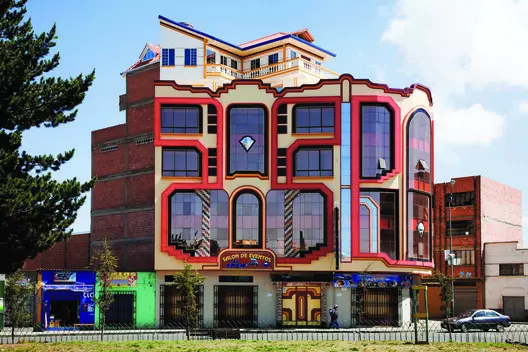
Maximalism, the artistic movement that dares to challenge minimalism, embodies the philosophy of "More is more." It breaks away from rigid rules and embraces the freedom to express oneself through vibrant and diverse designs.
Within the postmodern movement, which emerged after World War II, maximalism rejects the notion of precision and revels in the beauty of imperfections. It blurs the lines between reality and fantasy, celebrates spontaneity, and encourages the inclusion of various design trends and styles. By blending these elements, maximalism reflects the information-rich lives of the postmodern individual.
Maximalism draws influence from notable figures like architect Robert Venturi, who famously questioned minimalism's rejection of ornamentation with his statement, "Less is boring." As a subset of postmodernism, maximalism also serves as a platform for cultural diversity, championing the inclusion of minority groups and ethnicities.
Let's explore the works of some prominent maximalist architects and designers.
Daria Zinovatnaya

Daria Zinovatnaya, a Ukrainian designer, has gained recognition for her geometric and retro-futuristic designs. Her clever combinations of primary colors with vibrant hues create captivating spaces that are impossible to resist. In addition to her work in residential and commercial design, Daria has also ventured into creating her own furniture pieces, earning her the prestigious 2017 RedDot Design Award.
Freddy Mamani

Without formal training, Freddy Mamani has significantly influenced El Alto, Bolivia, with his contemporary reinterpretation of Andean indigenous culture. Critics may call his buildings "transformers" or "robocops," but there's no denying the impact he has made. His work has been showcased in prestigious institutions and events worldwide, such as the Architectural Association in London, Architectural Digest, and the Cartier Foundation in Paris.
Adam Nathaniel Furman

Adam Nathaniel Furman, an Argentine architect and artist with Japanese and Israeli heritage, embodies a postmodern maximalist approach. His creative pursuits span various mediums, including environments, artworks, installations, furniture, texts, and graphic pieces. Adam's fascination with pastel colors and the application of graphics and colors in public and interior spaces has garnered attention globally.
Camile Walala

Camile Walala, a French designer based in London, describes herself as the creator of "tribal pop" style. Her work draws inspiration from indigenous and African art graphics, characterized by exaggerated use of stripes, triangles, and circles. Collaborations with renowned brands like Harrods, Nike, Converse, and Facebook have solidified her place in the design world. Her recent creation, the House of Dots, entirely made of Lego pieces, showcases her creative genius.
Maximalism is more than just an aesthetic movement; it represents diversity, acceptance, and tolerance. In recent years, it has gained immense popularity due to its strong visual appeal, especially in the realm of social media. Maximalism offers professionals the opportunity to develop a unique identity across various creative fields, including architecture, design, installations, museums, exhibitions, and products.
Love it or hate it, maximalism is here to stay. Embrace the diversity and find your niche in this captivating movement.
Source: Tabulla









